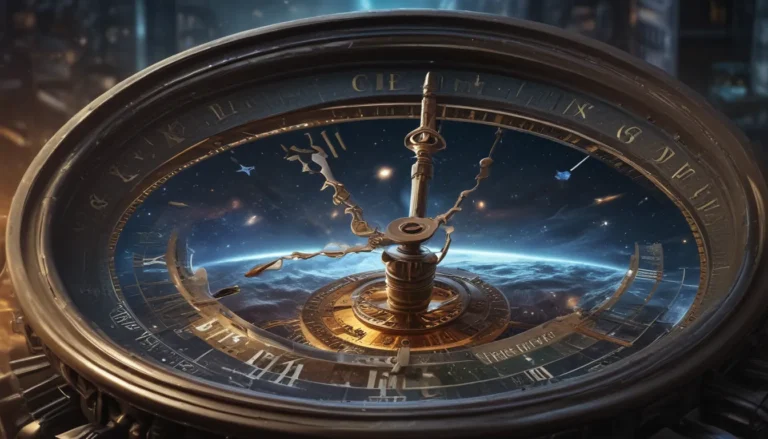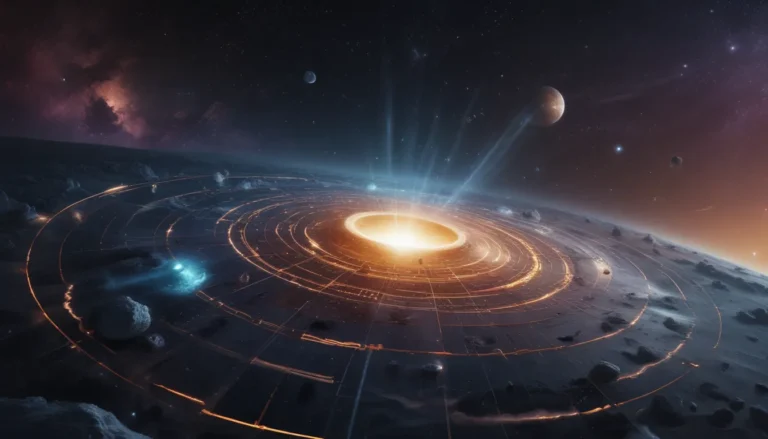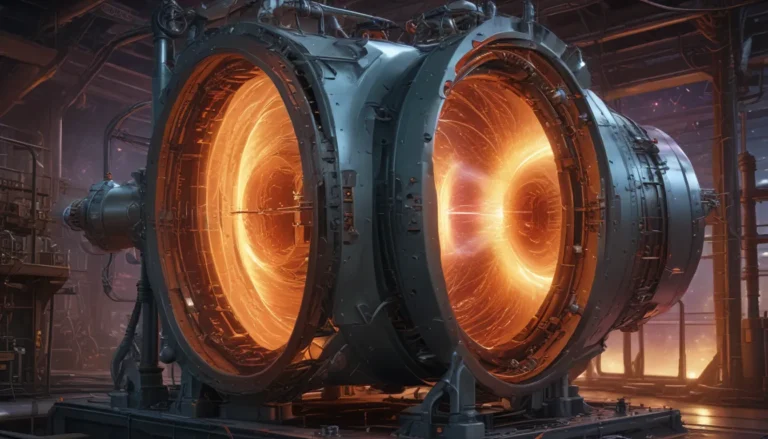A Note About Images: The images used in our articles are for illustration purposes only and may not exactly match the content. They are meant to engage readers, but the text should be relied upon for accurate information.
Gravitational radiation, also known as gravitational waves, is a captivating phenomenon that has intrigued scientists and astronomers for decades. These ripples in spacetime, predicted by Albert Einstein in his general theory of relativity, offer a new way to explore and understand the cosmos. In this article, we will delve into the realm of gravitational radiation and uncover 12 fascinating facts about this cosmic spectacle. From its discovery to its significance in our understanding of the universe, these facts will shed light on the incredible power and beauty of gravitational waves.
Discovering Gravitational Radiation
Gravitational radiation, also known as gravitational waves, is a form of energy emitted as ripples in the fabric of spacetime. These waves are generated by the acceleration of massive objects, such as colliding black holes or neutron stars. One of the most intriguing facts about gravitational radiation is that it was first predicted by Albert Einstein in his general theory of relativity, revolutionizing our understanding of gravity and paving the way for the eventual detection of gravitational waves.
The Symphony of the Cosmos
Gravitational waves travel through the universe at the speed of light, allowing scientists to listen to the symphony of the cosmos. These waves stretch and squeeze spacetime as they propagate outward from their source, revealing violent and mysterious events in the universe. From the collision of black holes to the birth of new stars, gravitational waves offer a unique window into the cataclysmic events that shape our universe.
Unveiling Hidden Secrets
By studying the properties of gravitational waves, scientists can map the distribution of massive objects in the universe, gaining insights into the structure and evolution of galaxies. Gravitational waves come in different frequencies, forming a cosmic symphony of vibrations that allow us to observe events such as neutron star mergers and black hole interactions. The detection of gravitational waves not only confirmed Einstein’s theory of general relativity but also provided a new way to test its predictions, further validating our understanding of gravity.
Listening to the Celestial Sounds
Gravitational waves can be converted into sound waves, offering a unique glimpse into the dynamics and interactions of massive objects in the universe. This celestial orchestra of waves provides scientists with valuable insights into the workings of the cosmos, paving the way for new discoveries and advancements in our understanding of the fundamental forces that shape our universe.
Opening a New Era of Astronomy
The detection of gravitational waves has ushered in a new era of astronomy, known as gravitational wave astronomy. This exciting field allows scientists to study the universe in a completely different way, complementing traditional observations with the insights gained from gravitational wave signals. As technology advances and more sensitive detectors are developed, the future of gravitational wave astronomy holds promises of new discoveries and breakthroughs in our quest to unravel the mysteries of the cosmos.
FAQs About Gravitational Radiation
-
What is gravitational radiation?
Gravitational radiation, also known as gravitational waves, refers to ripples in spacetime caused by the acceleration of massive objects, such as the collision of black holes or neutron stars. -
How is gravitational radiation detected?
Gravitational radiation is detected using highly sensitive instruments called interferometers, with the Laser Interferometer Gravitational-Wave Observatory (LIGO) being the most well-known detector. -
What causes gravitational radiation?
Gravitational radiation is caused by the acceleration or movement of massive objects, such as black hole mergers, supernova explosions, or rapidly spinning neutron stars. -
Why is gravitational radiation important?
Studying gravitational radiation allows scientists to explore the behavior of massive objects in extreme conditions, providing crucial information about the nature of gravity and the structure of the universe. -
Can we harness gravitational radiation as an energy source?
Although gravitational radiation contains a significant amount of energy, harnessing it as an energy source is challenging due to its faint nature and the difficulty in capturing and converting it into usable forms of energy. -
What is the future of gravitational radiation research?
The field of gravitational radiation research is still evolving, with advancements in technology and the construction of more sensitive detectors paving the way for deeper exploration of the universe and a better understanding of gravitational waves.
Conclusion: Embracing the Wonders of Gravitational Radiation
In conclusion, gravitational radiation stands as a fascinating and crucial aspect of physics that has transformed our understanding of the cosmos. From its prediction by Einstein to its detection by LIGO, gravitational waves continue to inspire and captivate scientists worldwide. As we continue to probe the mysteries of the universe, gravitational radiation will undoubtedly remain a key player in our quest for knowledge and understanding.
Gravitational radiation has opened up a new frontier in astronomy, offering scientists a unique perspective on the universe and its extraordinary events. As we embark on this cosmic journey, let us embrace the wonders of gravitational waves and explore the vast mysteries that lie beyond our earthly realm.






